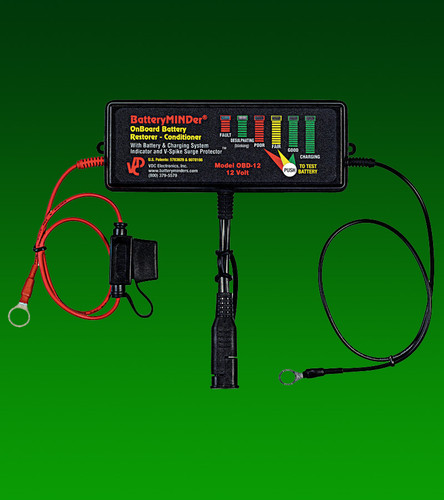Sorry that was confusing it’s 24A CC, 14.4 CV that drops to float at 2A.

 lifelinebatteries.com
lifelinebatteries.com
While browsing the lifeline site I found that Lifeline has also published some Interesting troubleshooting for common battery failures (including some potential differentiation between a sulfated battery and an overcharged battery).

 lifelinebatteries.com
lifelinebatteries.com
Lifeline manual pages 21 and 22 cover charging, conditioning and deep discharge recovery.
Firefly/Oasis has been good and have replaced the battery. I wanted to focus on any potential installation issues and not create any negative coverage for the G31 or the manufacturer.
The thing is these batteries are now insanely expensive locally and I’m spooked. ... I have this nagging feeling that I don’t really understand why the first battery failed. Maybe I was just unlucky and got a bad one. I hope so because otherwise dropping a new battery into the same system and expecting a different result ... will look really dumb in hindsight
Yes that’s what I was thinking too. The equalization charge was requested by the manufacturer (maybe partially as a stress test?). I did some research and found that lifeline also recommends equalization. I agree this is contrary to typical AGM recommendations focused on minimizing water depletion.I doubt a few hours here and there at elevated voltage will have a harmful effect.
I think I'd try an actual desulfator rather than EQing an AGM.

BatteryMINDer® Model OBD-12: 12V On-Board Desulfator
BatteryMINDer's 12 volt on-board battery charger maintainer can more than double the useful life of new jet ski or ATV batteries.www.batteryminders.com
Might take a few weeks or months to see any significant improvement.

Can I Equalize AGM Batteries? - Lifeline Batteries
Most of you have heard that you cannot equalize AGM batteries. Lifeline Batteries can be equalized
 lifelinebatteries.com
lifelinebatteries.com
While browsing the lifeline site I found that Lifeline has also published some Interesting troubleshooting for common battery failures (including some potential differentiation between a sulfated battery and an overcharged battery).

How To Tell If You Have A “Bad” Battery? - Lifeline Batteries
This common phrase comes up a lot in the world of batteries. Ironically there are very few actual "bad" or...
 lifelinebatteries.com
lifelinebatteries.com
Lifeline manual pages 21 and 22 cover charging, conditioning and deep discharge recovery.
Firefly/Oasis has been good and have replaced the battery. I wanted to focus on any potential installation issues and not create any negative coverage for the G31 or the manufacturer.
The thing is these batteries are now insanely expensive locally and I’m spooked. ... I have this nagging feeling that I don’t really understand why the first battery failed. Maybe I was just unlucky and got a bad one. I hope so because otherwise dropping a new battery into the same system and expecting a different result ... will look really dumb in hindsight
Last edited:


